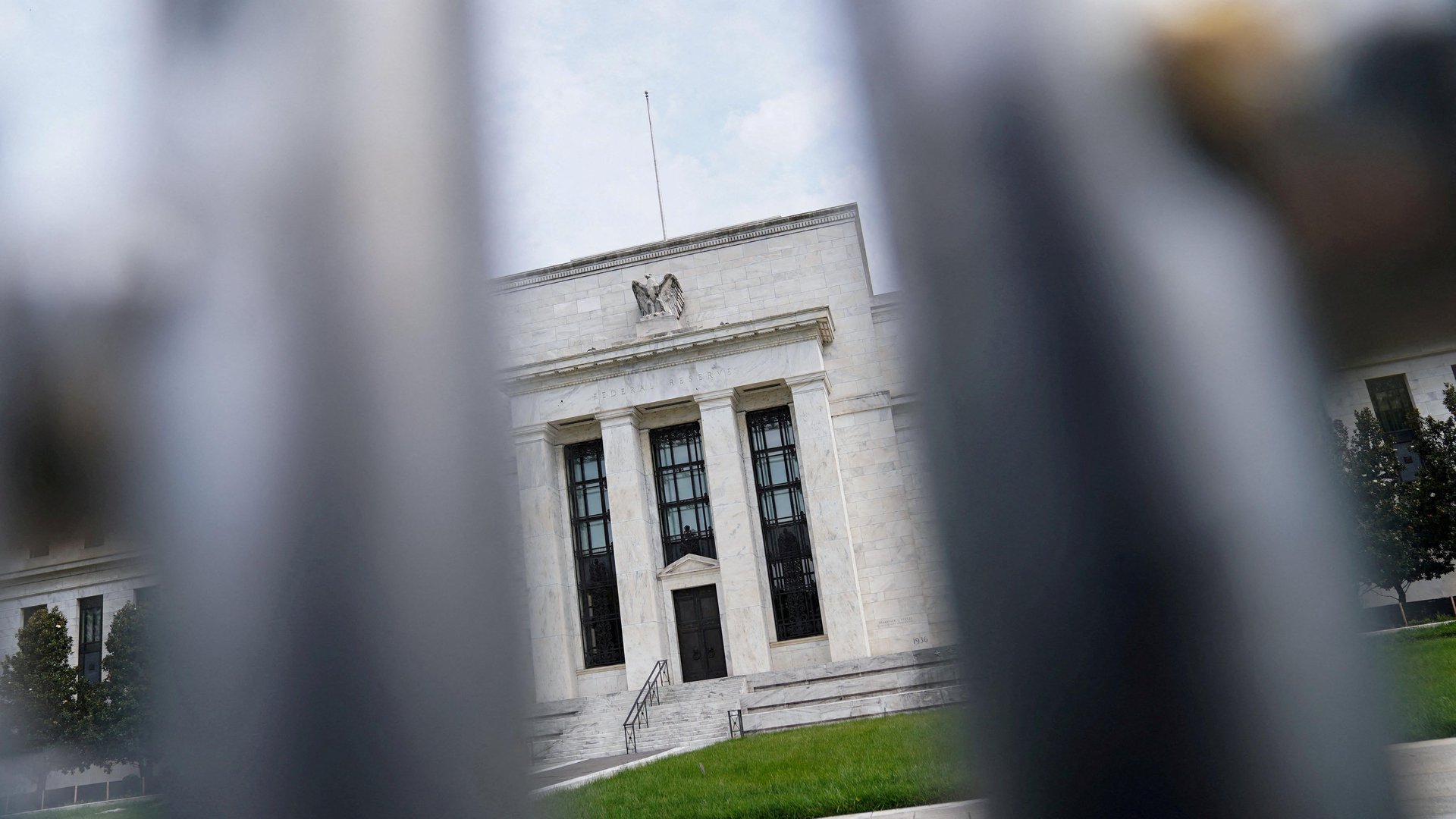The Fed has gone back to having a dual mandate
Full employment and price stability are beginning to be equally weighted by US monetary policymakers

Everything about the Federal Reserve’s actions in the past year and a half have suggested that monetary policy officials at the central bank who set interest rates felt like the Fed was behind the curve on tackling inflation.
Suggested Reading
In March 2022, the Fed started raising its benchmark rate with a 25 basis point hike. Then it did 50 basis points in May and four consecutive 75 basis point hikes from June to November that year, taking the federal funds rate target from 0% at the start of the year to between 4.25% and 4.50% by the end of it.
Related Content
After a series of additional 25 basis point hikes in 2023, the federal funds rate now stands between 5.25% and 5.50%. The central bank’s summary of economic projections suggest the Fed will hike once more this year, but in the Fed’s meeting minutes for the most recent gathering of monetary policy officials, there are signs that the Fed is beginning to seriously consider not raising rates again anytime soon.
As the Fed’s minutes put it: “A number of participants judged that, with the stance of monetary policy in restrictive territory, risks to the achievement of the Committee’s goals had become more two sided, and it was important that the Committee’s decisions balance the risk of an inadvertent overtightening of policy against the cost of an insufficient tightening.”
In other words, it may be that further rate hikes risk undermining the Fed’s other big priority: achieving maximum sustainable employment.
What does the Fed’s dual mandate mean?
The Fed says its inflation and employment goals are complementary. But when one part of the mandate is really out of whack, the central bank has to blind itself to the other part of the dual mandate and only focus on the part of the economy that has deviated from the goals.
Historically, the price stability side of the Fed’s mandate has been fixed at 2%. This changed a little bit in August 2020, when the Fed decided to target 2% inflation “on average.” This change meant that the Fed would be comfortable with inflation going above 2% just so long as inflation ended up averaging 2% over time.
The full employment side of the Fed’s mandate has never had a fixed target. Fed officials have long noted they consider “a wide range of indicators” when trying to figure out if the labor market is as strong as it can be without causing inflation to spike.
This is in large part because the Fed views full employment as an issue that it has little control over, whereas inflation is usually within its ability to manage. There is a great deal of evidence, however, that shows that the supply-side inflation the US experienced during the pandemic recovery was not resolved by the Fed rate hikes and instead was improved by the return of the global economy’s ability to make stuff and provide services. In short, it’s not smart to let central bankers tackle inflation alone.
Seeing the Fed return to its dual goals of keeping inflation stable around 2% and making sure that the US labor market is at full employment is welcome news, especially for anyone who might have lost their job had the Fed kept pushing up rates simply until it saw unemployment rise. As it stands, US unemployment is at 3.5% now, versus 3.6% when the Fed began hiking rates in March 2022.
The meeting minutes released on Aug. 16 indicate that several Fed officials still want to hike in September. If the Fed’s summary of economic projections are to be believed, this would be the last hike that the Fed delivers to the economy before entering a long pattern of holding rates at their elevated levels until the central bank feels that high inflation has been defeated and it can begin to cut rates to stimulate economic activity again.
JPMorgan’s chief US economist, Michael Feroli, argues the meeting minutes illustrate the Fed’s uncertainty about the future path of both policy and the economy. The Fed’s staff recently took a recession forecast off the table, but they still predict slower-than-typical growth in the next two years.
“[B]oth the Committee and the staff ... don’t know what’s going to happen next,” Feroli said in a research note. “Like the rest of us, they’ll just wait for the data.”